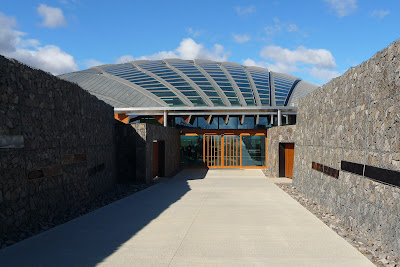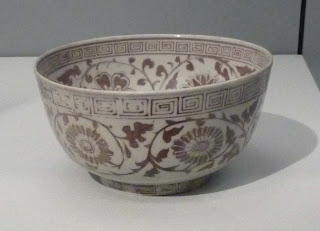It's always good to see my pots appreciated and even better to see them put to use.
Pot 55 was commissioned for a well developed mature trident maple, that was housed in a beautiful pot that was just a little on the small side. This is the picture I worked from to work up a proposal for a new pot; with the coke can for scale! The owner also wanted to get the tree a little lower in the pot for future nebari development as well as provide a little rootspace buffer for summer.
The result was Pot 55, a 395mm oval pot which suits the tree nicely. It has just a little more length and depth and is glazed in my buttermilk cream/beige colour, applied to give just a few breaks.
Finally the tree and pot are united, with the folliage revealing that the process takes a little time. With the tree now in full autumn colour the union has proved to be a good one.
Pot 55 was commissioned for a well developed mature trident maple, that was housed in a beautiful pot that was just a little on the small side. This is the picture I worked from to work up a proposal for a new pot; with the coke can for scale! The owner also wanted to get the tree a little lower in the pot for future nebari development as well as provide a little rootspace buffer for summer.
The result was Pot 55, a 395mm oval pot which suits the tree nicely. It has just a little more length and depth and is glazed in my buttermilk cream/beige colour, applied to give just a few breaks.
Finally the tree and pot are united, with the folliage revealing that the process takes a little time. With the tree now in full autumn colour the union has proved to be a good one.
Photograps posted with the consent of the owner.




















































